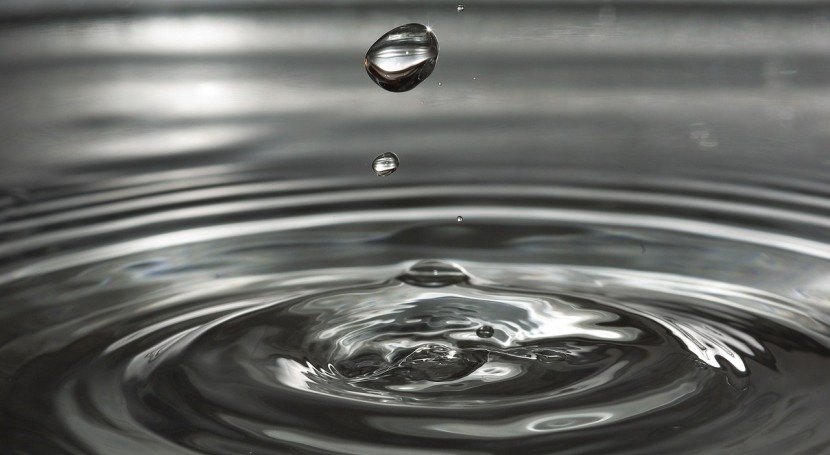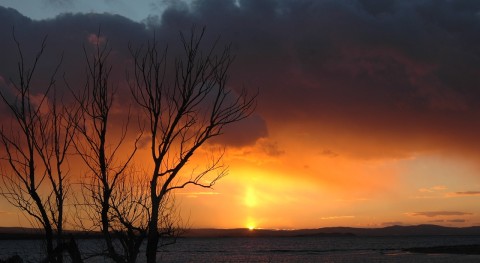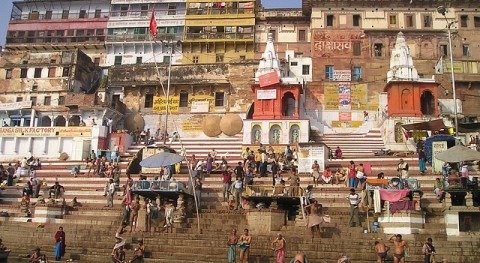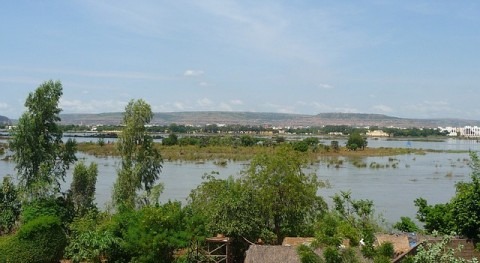What is Water Made Of?

Water, a transparent, tasteless, odorless, and nearly colorless chemical substance, is the most common liquid on Earth. It covers about 71% of the Earth's surface and is vital for all known forms of life. Chemically, water is composed of two elements: hydrogen and oxygen, and its chemical formula is H2O. This means that each molecule of water contains two hydrogen atoms bonded to a single oxygen atom. Water's properties and its abundance make it an essential and ubiquitous molecule in the biological, geological, and chemical processes of the planet.
1 . Composition and Molecular Structure
- Chemical Formula: H2O.
- Molecular Structure: Water's molecule consists of two hydrogen atoms covalently bonded to one oxygen atom. The oxygen atom has a higher electronegativity than the hydrogen atoms, making the oxygen side slightly more negative and the hydrogen side slightly more positive, leading to a polar molecule.
- Physical Properties: Due to its polarity, water has a high surface tension, can dissolve many substances (thus called a "universal solvent"), and has a high boiling and melting point compared to similar molecules.
2 . States of Water
Water exists in three primary states:
- Liquid: The most common state on Earth’s surface, it forms rivers, lakes, and oceans.
- Solid (Ice): Water in its solid state forms snow, ice, and glaciers. Ice is less dense than liquid water, which is why it floats.
- Gas (Vapor): Water vapor is present in the atmosphere and is a key component in Earth’s weather and climate.
3 . Water in Nature and Its Role
Water plays a crucial role in the environment and life:
- Hydrological Cycle: Water cycles through evaporation, condensation, precipitation, and runoff, contributing to various weather patterns.
- Ecosystems: It is essential for the survival of all living organisms, influencing ecosystems' structures and functions.
- Human Use: Beyond sustaining life, water is used for agriculture, industry, transportation, and as a thermal and electrical energy source.
Sources:




